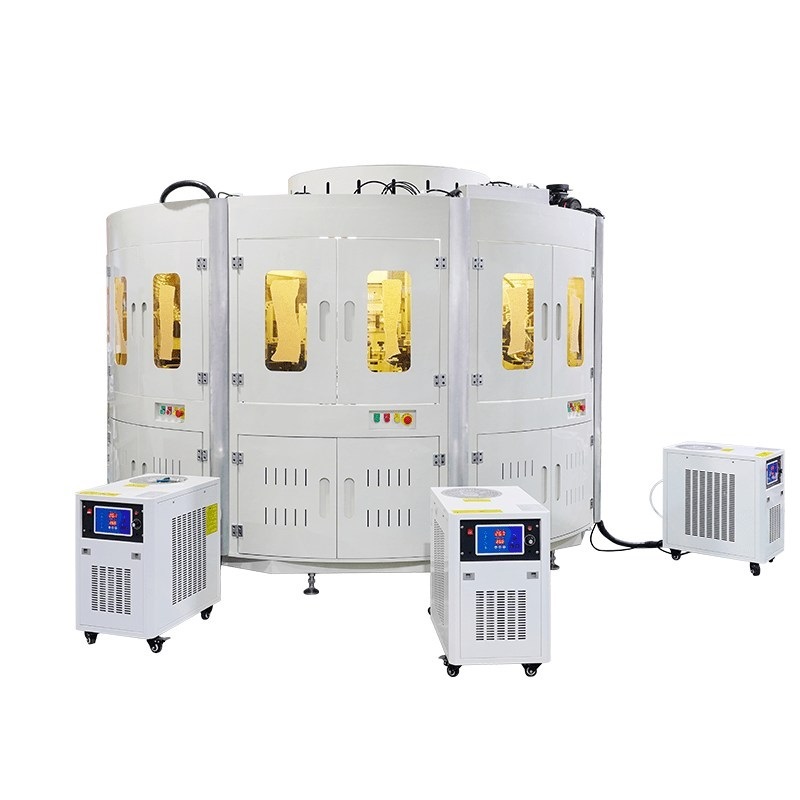Apr 03, 2025
When you see a vibrant, multi-colored design on a t-shirt, promotional item, or industrial product, chances are it was created using a multi-color turntable screen printing machine. These machines are workhorses in the printing industry, enabling the efficient and precise application of multiple colors onto various substrates. But how exactly do they work? Let’s delve into the mechanics and capabilities of these valuable devices.
A Screen Printing Machine fundamentally transfers ink through a stenciled mesh screen onto a substrate. The mesh is stretched tightly over a frame, and a stencil, often created using a photo-emulsion process, blocks certain areas of the mesh, allowing ink to pass through only where desired. This process, while simple in concept, becomes remarkably complex when multiple colors are involved, particularly with machines like the 5-6 Color Disc Turntable Screen Printing Machine.
The key to multi-color printing lies in the turntable design. Imagine a rotating platform or disc holding the substrates. Each “station” on this turntable corresponds to a different color being applied. As the turntable rotates, each substrate passes under a series of screens, each depositing a different ink color. This sequential application of colors allows for intricate and layered designs.
The 5-6 Color Disc Turntable Screen Printing Machine is particularly adept at handling complex designs requiring multiple hues. Its rotating mechanism ensures precise registration, meaning each color aligns perfectly with the previous one. This accuracy is crucial for achieving crisp, clean images. The machine’s ability to hold multiple screens simultaneously streamlines the printing process, significantly increasing production speed compared to single-color or manual screen printing.
Consider a scenario where a design requires five different colors. The substrate is placed onto the turntable, and as it rotates, the first screen deposits the base color. The turntable then moves to the next station, where the second screen adds another color, and so on, until all five colors are applied. The process is repeated for each substrate, ensuring consistency and efficiency.
The precision of these machines depends on several factors. The quality of the screens, the viscosity of the ink, the pressure applied during printing, and the accuracy of the turntable or horizontal table alignment all play crucial roles. Modern screen printing machines often incorporate advanced features like micro-registration systems, which allow for fine-tuning of screen alignment to achieve perfect color registration.
Furthermore, the automation features found in many multi-color machines significantly reduce manual labor. Automated screen lifting, squeegee pressure control, and turntable rotation contribute to increased efficiency and consistency. The ability to control these variables electronically ensures that each print is identical to the last.
From textile printing to industrial applications, multi-color turntable screen printing machines have revolutionized the way designs are transferred onto various surfaces. The consistent color application and high production speed makes them a valuable tool for any business looking to produce vibrant, multi-colored products.
Read More
